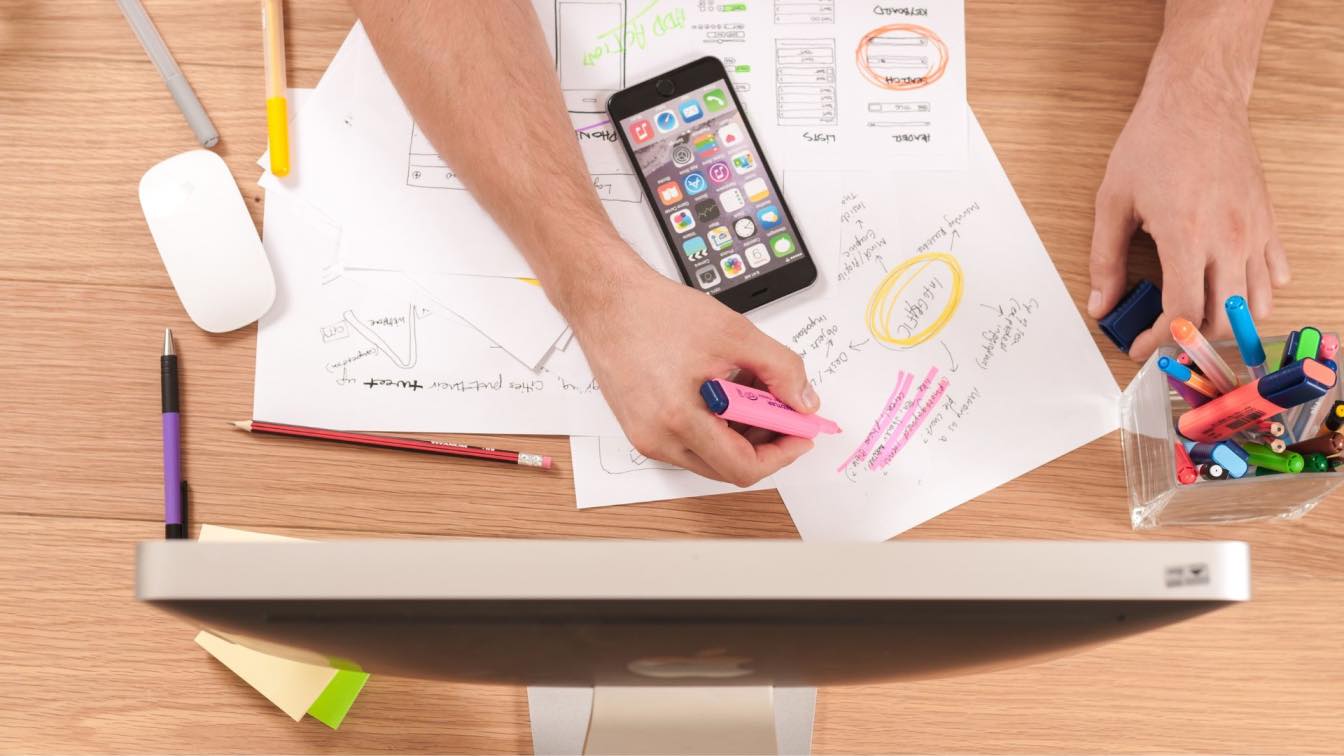With intelligent design in educational spaces, the quality of learning may improve. Ergonomics is crucial because it ensures the comfort of the environment. It also works well for people, which leads to valuable and productive learning experiences. This plan makes sure that all are healthy, productive, and well-balanced, which improves teaching and learning.
Why Is Proper Ergonomics Important for Learning?
Most of the time, students don't look for classes and texts when they want to learn. Ergonomic settings improve focus, health, and comfort. Ergonomic classrooms and study areas improve posture, comfort, and concentration. This boosts productivity and improves learning.
The Nexus Between Ergonomics and Learning
One might question what ergonomics has to do with learning. The connection is that ergonomics can improve comfort and health, which makes the workplace better for learning. Here's why:
- Comfortable seating and well-placed visual aids make it easier to concentrate and remember things.
- Either, it decreases physical fatigue, extending a student's effective learning time.
- Students are more likely to take part and interact when they are not uncomfortable.
Because students spend most of their day in a classroom, having comfortable chairs becomes super important. They really make a big difference in how well they learn. Research shows that the average student sits for about 10 hours a day in school, and that's almost half of the day! Comfortable seating not only promotes physical comfort but also contributes to a more positive psychological environment.
Examples of Ergonomic Design in Educational Spaces
Ergonomic design in educational spaces goes beyond mere aesthetics. It serves as a foundation for effective learning and well-being. Using smart boards, adjustable chairs, and natural lighting can improve students' educational performance.
|
Feature |
Description |
Benefits |
|
Adjustable Chairs |
Chairs with adjustable height, back support, and armrests. |
Promotes good posture and reduces fatigue. |
|
Smartboards |
Interactive whiteboards with adjustable height and angling capabilities. |
Reduces glare and improves engagement. |
|
Natural Lighting |
Placement of windows or skylights to optimize the use of natural daylight. |
It enhances mood and reduces eye strain. |
|
Keyboard Trays |
Adjustable trays to hold the keyboard at a comfortable height and angle. |
Reduces wrist and shoulder strain. |
|
Footrests |
A platform for resting feet, adjustable for height and angle. |
Improves posture and circulation. |
|
Document Holders |
Stands to hold textbooks or papers at a comfortable reading angle and height. |
Reduces neck strain and improves focus. |
Significance of Including Breaks in Study Schedule
Sitting for prolonged periods can exert strain on the body, and this holds true even when seated in a comfortable and supportive chair. These extended periods of sedentary behavior can take a toll on one's physical well-being. To counteract these negative effects, taking regular breaks becomes crucial, as it serves as a reset for your posture and allows you to return to your studies with a refreshed and more comfortable stance.
Consequently, nowadays there's a noticeable shift in how students manage their academic workload. A growing trend has emerged wherein students increasingly seek expert assistance or even mull over to pay someone to do your homework. This is often a good choice to ensure the quality and timely completion of assignments, while also improving well-being, alleviating the stress and time constraints associated with academic tasks.
Frequency Over Duration
In addition, incorporating simple yet effective practices into your study routine can significantly enhance your overall well-being. Short, frequent breaks are often more helpful than less frequent, prolonged interruptions. The ratio of 10 to 15 minutes of rest to every hour of study is not arbitrary; it's grounded in research. These intervals are optimal for recharging without losing focus or momentum in your work.
Ergonomic Surroundings: Way for Enhanced Academic Achievement
In conclusion, putting in place good design in school buildings is important for more reasons than making people feel better. Multi-device smartboards and adjustable chairs make learning spaces more effective and interesting. This suggests a greater need for comfort and speed in learning, which professional help and useful design meet. Now is the time for schools to think about spending money on adaptive solutions that will help students learn better.





